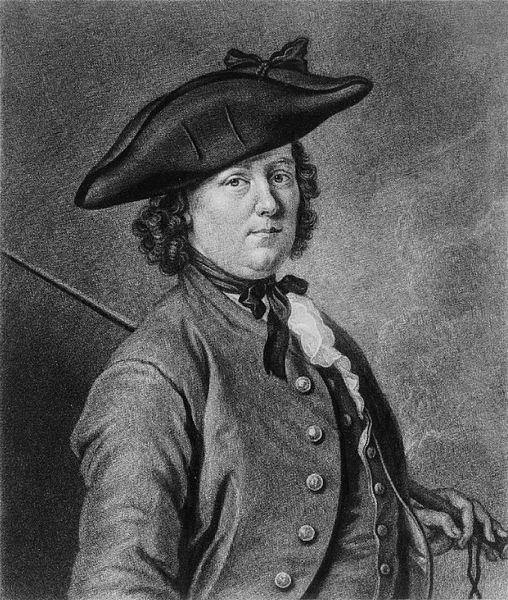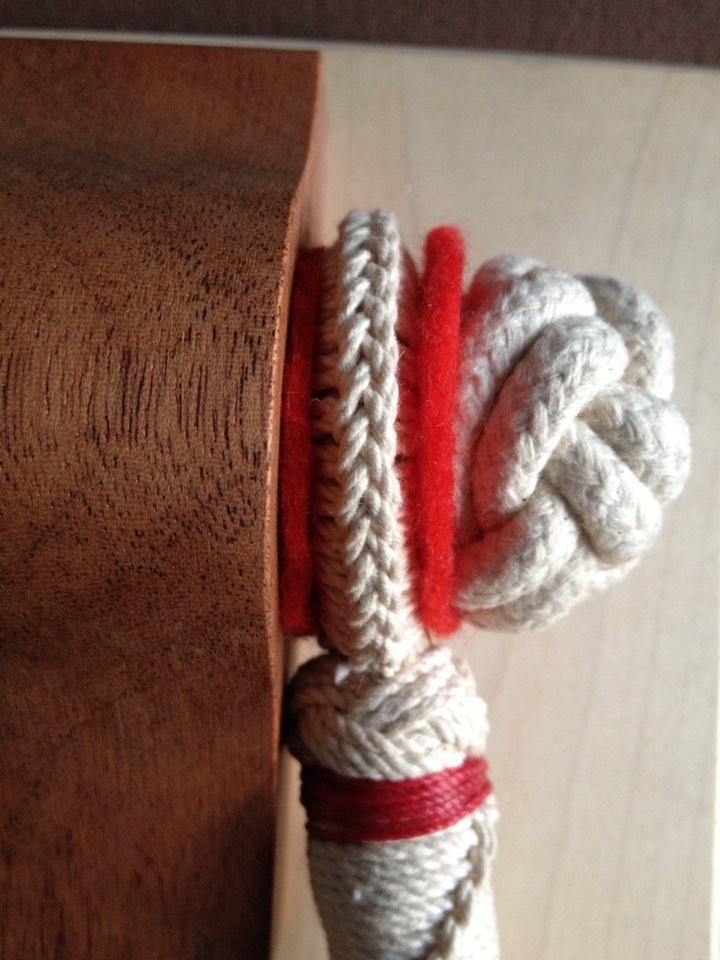Sicilian Amber— Amber Cross
...the almost solitary ornament in her possession, a very pretty amber cross which William had brought her from Sicily... –Jane Austen, Mansfield Park Chapter 26
Pieces of a rare type of amber called simetite are found on some of Sicily’s beaches. It is often said that Jane Austen never mentions the Napoleonic Wars. However, I would ask, why did she choose to mention Sicily?  A 15th century map of Sicily. Jane and Cassandra received topaz crosses from their sailor brother Charles (top). Below, a piece of amber. Surely the gift inspired Fanny's cross in Mansfield Park Sicily was of major strategic importance during the Napoleonic Wars. It was a source of a mineral that was an ingredient in a compound that was of vital importance to the British war effort--gunpowder. Sulfur is one of the components of gunpowder. Gunpowder is a mixture of potassium nitrate (saltpeter), sulphur, and charcoal in the ratio 6:1:1. The British interest in Sicily was rooted in the largest Sulphur deposits in Europe. Sulphur was mined at several locations on the island.
A 15th century map of Sicily. Jane and Cassandra received topaz crosses from their sailor brother Charles (top). Below, a piece of amber. Surely the gift inspired Fanny's cross in Mansfield Park Sicily was of major strategic importance during the Napoleonic Wars. It was a source of a mineral that was an ingredient in a compound that was of vital importance to the British war effort--gunpowder. Sulfur is one of the components of gunpowder. Gunpowder is a mixture of potassium nitrate (saltpeter), sulphur, and charcoal in the ratio 6:1:1. The British interest in Sicily was rooted in the largest Sulphur deposits in Europe. Sulphur was mined at several locations on the island.
By 1800, Sicily was the source of most sulphur used by the British government. On the other hand, at that time, saltpeter was produced most efficiently under hot, humid environmental conditions. Ample firewood and inexpensive labour also rounded out the necessities for saltpeter production. A navigable river to enable large scale loading and cheap shipping was also needed. India was one of few places that combined all of these conditions. In the single year 1815, the year of the Battle of Waterloo, the East India Company exported 7,300 tons of saltpeter. Between the 15th and 19th centuries, Alder Buckthorn was most often used in charcoal production in Great Britain. In the 18th century, the northern parts of the Lea Valley were densely planted with Alder, Crack Willow, and Alder Buckthorn. Once they became established, these trees were regularly coppiced (cut back to just above ground level every 15 years or so) to make high quality charcoal --one of the ingredients in gunpowder. Charcoal production consists of piling short lengths of wood around a chimney created by longer lengths of wood. Then all the wood pile is covered with clay, leaving openings at the bottom for air and at the top of the chimney. Burning fuel is dropped into the chimney, creating a low oxygen burn of the wood—creating charcoal.  Left to Right, a drawing of a gunpowder grinder from the 1768 the Diderot Encyclopedia Sulphur and saltpeter were shipped back to the British Isles where they were combined with locally produced charcoal. Major William Congreve oversaw gunpowder manufacture during the Napoleonic Wars. He was responsible for improving the process by using a more scientific approach to manufacturing and quality control.
Left to Right, a drawing of a gunpowder grinder from the 1768 the Diderot Encyclopedia Sulphur and saltpeter were shipped back to the British Isles where they were combined with locally produced charcoal. Major William Congreve oversaw gunpowder manufacture during the Napoleonic Wars. He was responsible for improving the process by using a more scientific approach to manufacturing and quality control.
Gunpowder was manufactured at the Royal Gunpowder Mills, at Waltham Abbey in Essex on the banks of the Lea, England, and Woolley near Bath on the Avon was also the site of a royal gunpowder mill. Ballincollig Royal Gunpowder Mills was one of three Royal gunpowder mills that manufactured gunpowder for the British Government. It was located in Ballincollig near Cork in Ireland. About 2,000 barrels of gunpowder were produced per year at each site. In the Napoleonic Period there were four main types of powder casks; Barrels (holding 100 Ibs), half barrels (50 Ibs), quarters (25 Ibs), and budge barrels (38 lbs). The importance of Sicily to the war effort would have been well known during the Napoleonic Wars. Even Miss Austen’s brief mention of the island would have conjured up images of its sulfur deposits, which supplied the Royal Gunpowder Mills, to people of the era. At over 200 years distance from Austen’s contemporary times, we must be reminded of facts that were then common knowledge.
Written for the Jane Austen Online Magazine by Sharon Wagoner, Curator of The Georgian Index. Visit her site for a historical tour through Regency London. Her novel, The Coronation, is available free of charge for the Amazon kindle.
Enjoyed this article? If you don't want to miss a beat when it comes to Jane Austen, make sure you are signed up to the Jane Austen newsletter for exclusive updates and discounts from our Online Gift Shop.



Leave a comment
This site is protected by hCaptcha and the hCaptcha Privacy Policy and Terms of Service apply.